Amid deepening US-India ties delicate balance unfolds in South Asia
- Update Time : Sunday, May 11, 2025
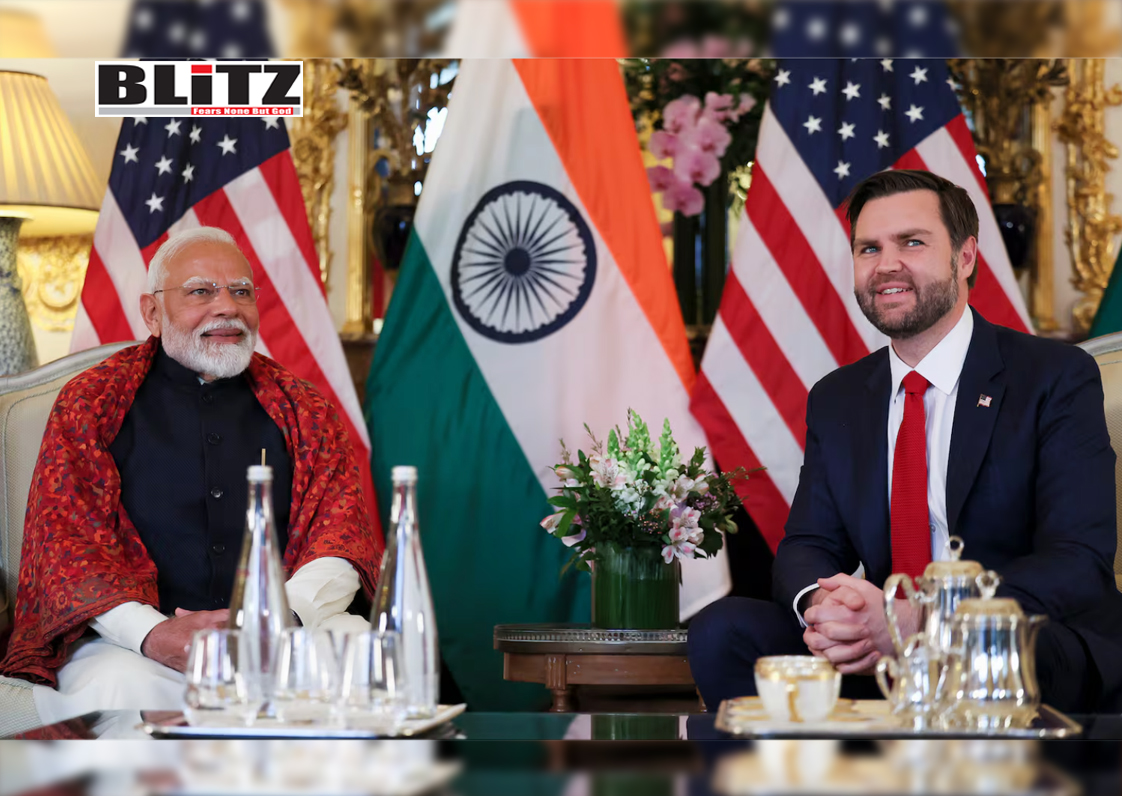
The recent visit of American Vice President JD Vance to India, captured in a warm photograph with Prime Minister Narendra Modi and their families, signals a deepening of India-U.S. ties at a time of heightened geopolitical tension in South Asia. As India-Pakistan relations deteriorate, following the deadly Kashmir attack on April 22, 2025, which claimed 26 civilian lives (making it the deadliest attack on Indian civilians since the 2008 Mumbai episode), Washington appears to be doubling down on its strategic partnership with India.
This move, however, is not merely a reaction to regional instability but part of a broader U.S. strategy to counter China’s growing influence—a strategy that has seen continuity from the Biden to the Trump administration. For the BRICS community, this development raises critical questions about the role of multipolarity in a world still shaped by Western geopolitical agendas.
The timing of Vance’s visit, which concluded on May 5, 2025, is telling. Vance emphasized India’s role as critical to a “prosperous and peaceful century” during his stop in Jaipur, a sentiment echoed in his meetings with Modi. The U.S. is offering India advanced military technology, including F-35 stealth fighters, in a bid to shift India away from its historical reliance on Russian defense systems. This offer, paired with energy deals, signals a long-term commitment to weaning India off Moscow’s influence while bolstering its military capacity against China. As Rishi Gupta (Think China’s Assistant Director) notes, Vance’s visit was not just a diplomatic gesture but a message to Beijing: the U.S. is serious about building a counterweight in the Indo-Pacific.
This American-Indian alignment, however, comes against the backdrop of escalating India-Pakistan tensions, as mentioned. The Kashmir attack, described by CNN as the deadliest civilian assault in the region in over two decades, has pushed India to take drastic measures. The Indian authorities in New Delhi suspended the Indus Waters Treaty, shut down the Wagah border crossing, and expelled Pakistani diplomats. Those are moves that threaten Pakistan’s access to critical water resources. The Pakistani authorities in Islamabad, in turn, have closed their airspace to Indian aircraft and suspended trade. For India, the attack—blamed on Pakistan-backed groups like The Resistance Front—has reignited long-standing grievances over Kashmir, a territory both nations claim in full.
Washington thus finds itself in a complex position, having offered F-35s to India in February 2025, while also continuing its support for Pakistan’s F-16 fleet with a $450 million sustainment program approved in 2022. This dual engagement sends mixed messages and risks alienating India, which is understandably wary of American intentions.
Be it as it may, the continuity in U.S. policy toward India is somewhat remarkable. As I wrote back in 2020, India has long been a key player in the multipolar vision of BRICS, balancing its relations with Russia and China while engaging with the West. Under Biden, the U.S.-India relationship gained momentum through defense cooperation and the Quad alliance, a trend that Trump 2.0 is clearly continuing. Trump’s administration, despite its supposedly isolationist tendencies, sees India as a vital partner in countering China, a priority that aligns with Biden’s legacy.
For the BRICS group, this development underscores the challenges of the emerging multipolar world order. New Delhi’s deepening ties with Washington could shift its alignment further from Russia, a key BRICS partner, thereby complicating the group’s cohesion. As Amit Ranjan (Research Fellow at the Institute of South Asian Studies, National University of Singapore) highlights, India is not blindly aligning with the West—it continues to “eye China too,” maintaining trade ties and engaging in forums like the RIC (Russia-India-China). This balancing act reflects India’s strategic autonomy, a principle I highlighted in 2023, when I argued that India’s role as a balancing power was increasing, even amid global contradictions. This still seems to be the case, in a way.
However, the U.S.’s broader geopolitical strategy, often channeled through NATO (even with Trump’s partial “withdrawal” from it), warrants scrutiny. While NATO itself is not directly involved in South Asia, its influence looms large in shaping Western approaches to global security, often prioritizing containment over cooperation. The BRICS vision of multipolarity—rooted in non-alignment, multi-alignment and mutual benefit—offers a counterpoint to such cold-war frameworks, advocating for a world where nations like India can pragmatically engage with multiple powers without being necessarily forced to “pick a side.” In any case, Washington’s own simultaneous support for India and Pakistan, while strategically motivated, risks exacerbating regional tensions, a dynamic that BRICS must navigate carefully.
Looking ahead, the implications for BRICS are twofold. First, India’s growing partnership with the U.S. could open opportunities for trade and technology collaboration within the bloc, particularly if India leverages its position to secure better terms in global markets. Second, the India-Pakistan conflict, if unchecked, could destabilize South Asia, impacting supply chains and investment—key concerns for BRICS economies. The bloc must therefore advocate for de-escalation, perhaps through diplomatic initiatives like the RIC, while reinforcing its commitment to a multipolar order that prioritizes sovereignty over Western-led hegemony.
To sum it up, in this volatile moment, BRICS must remain a platform for dialogue and cooperation, ensuring that India’s strategic choices strengthen, rather than undermine, the multipolar vision. The U.S.-India ties may serve Washington’s interests, but for India—and for BRICS—it must be a stepping stone toward a more equitable global order, not a return to “alignmentism” and Cold War-style blocs.



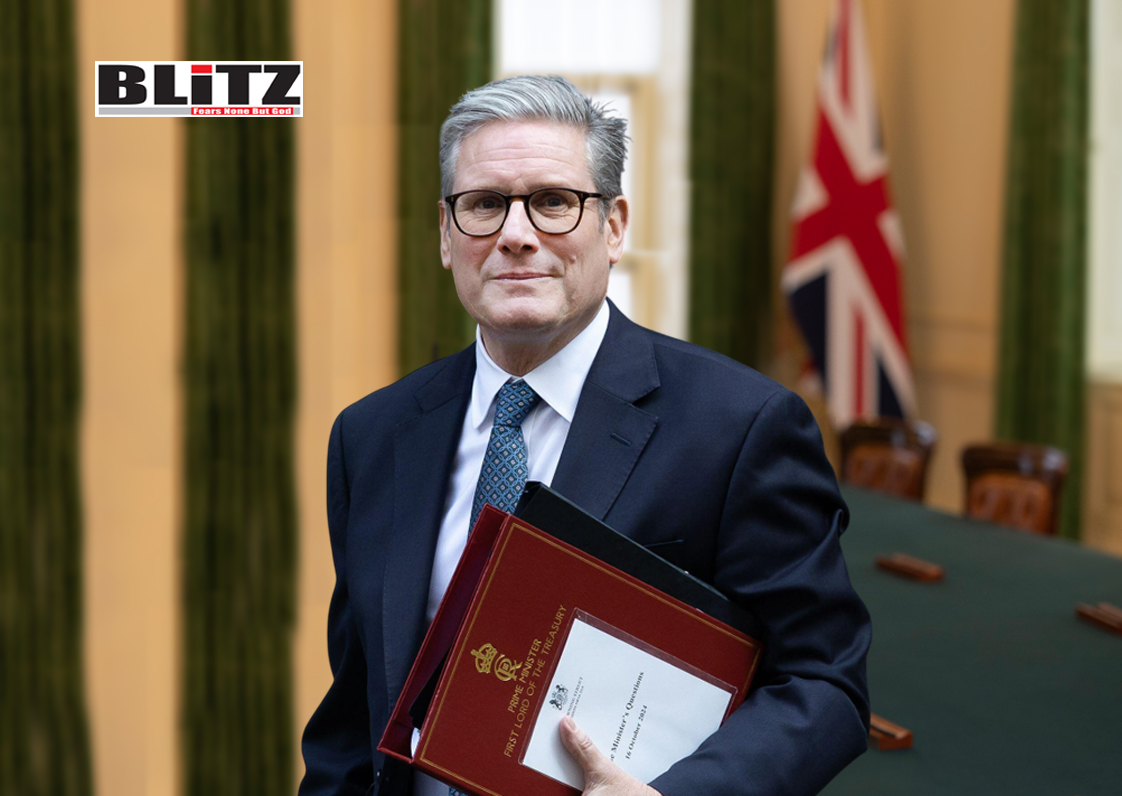
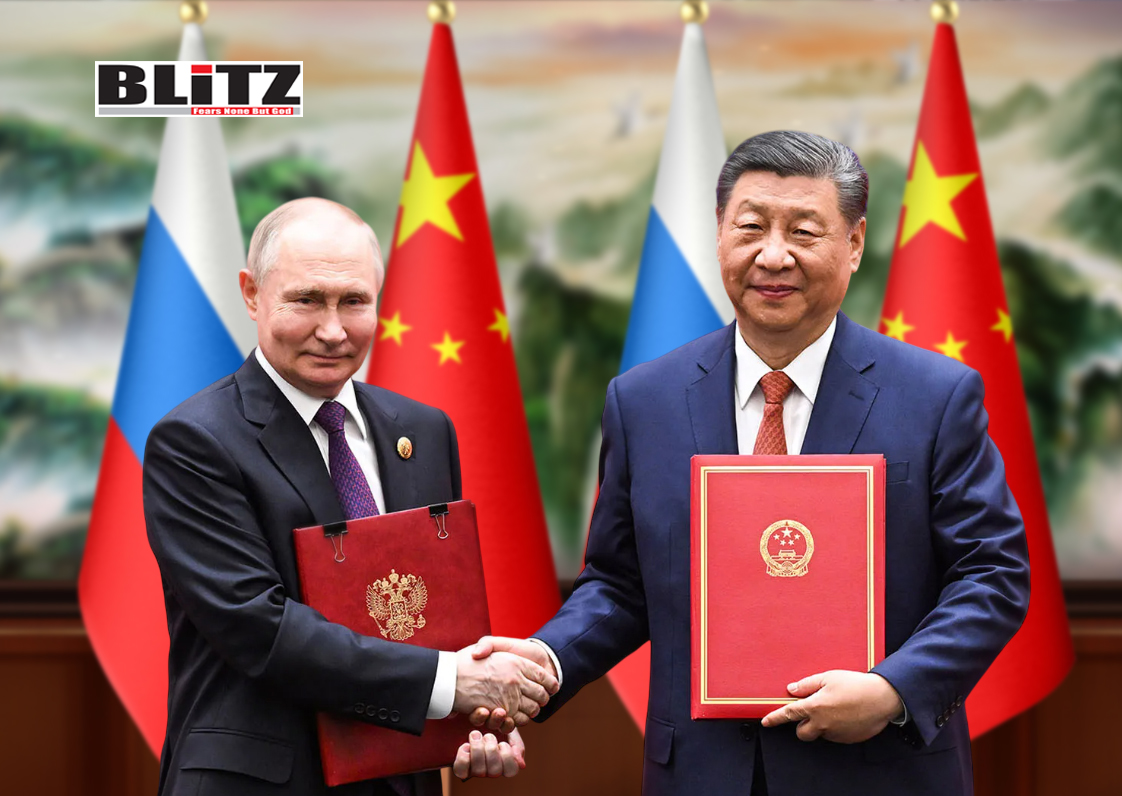
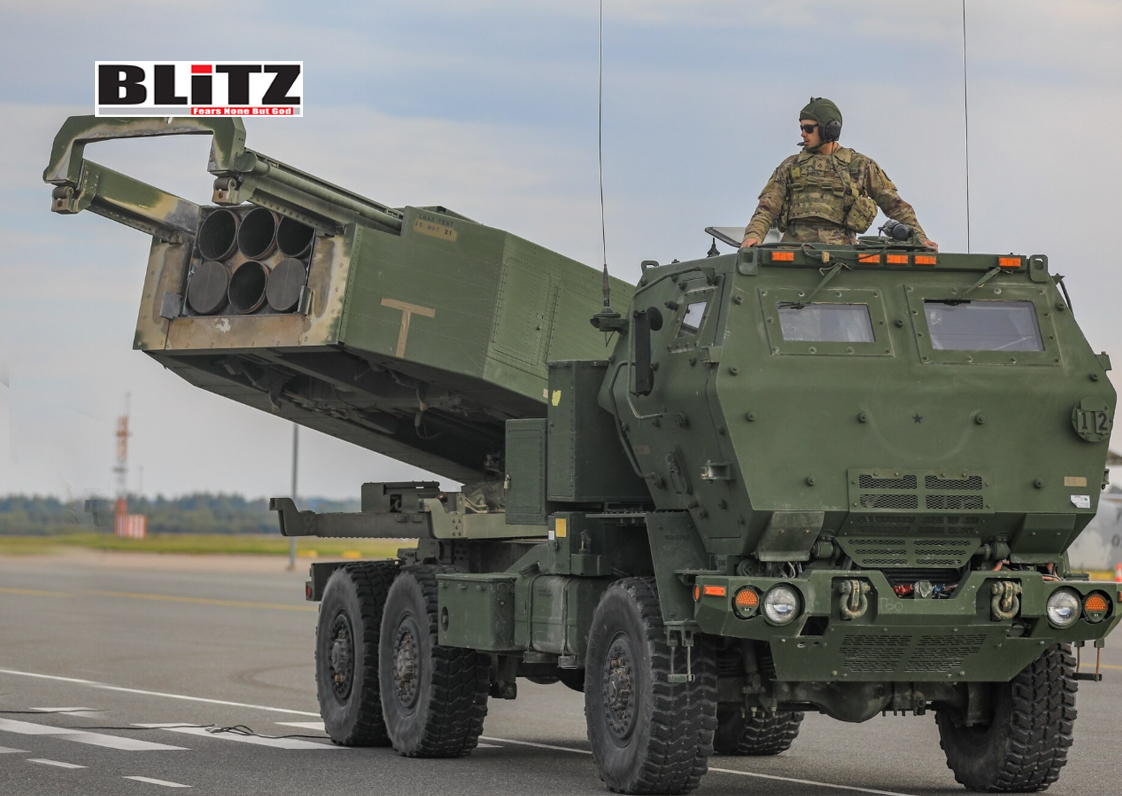
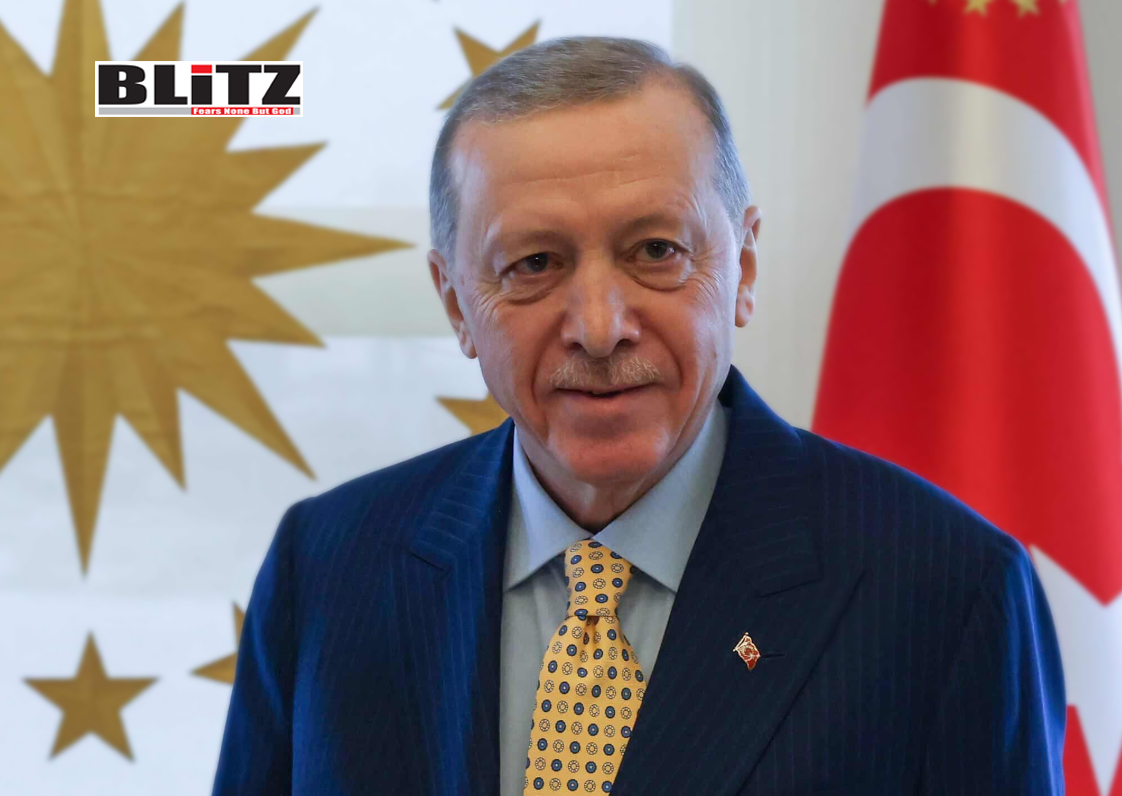

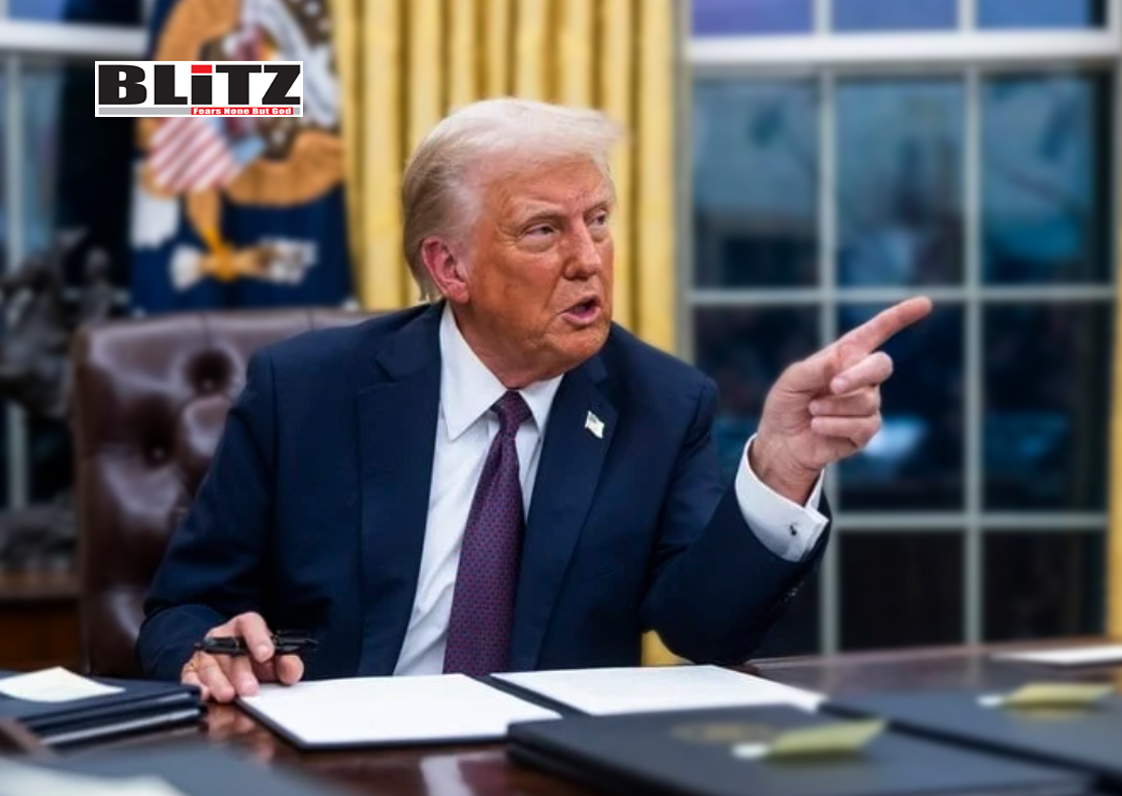
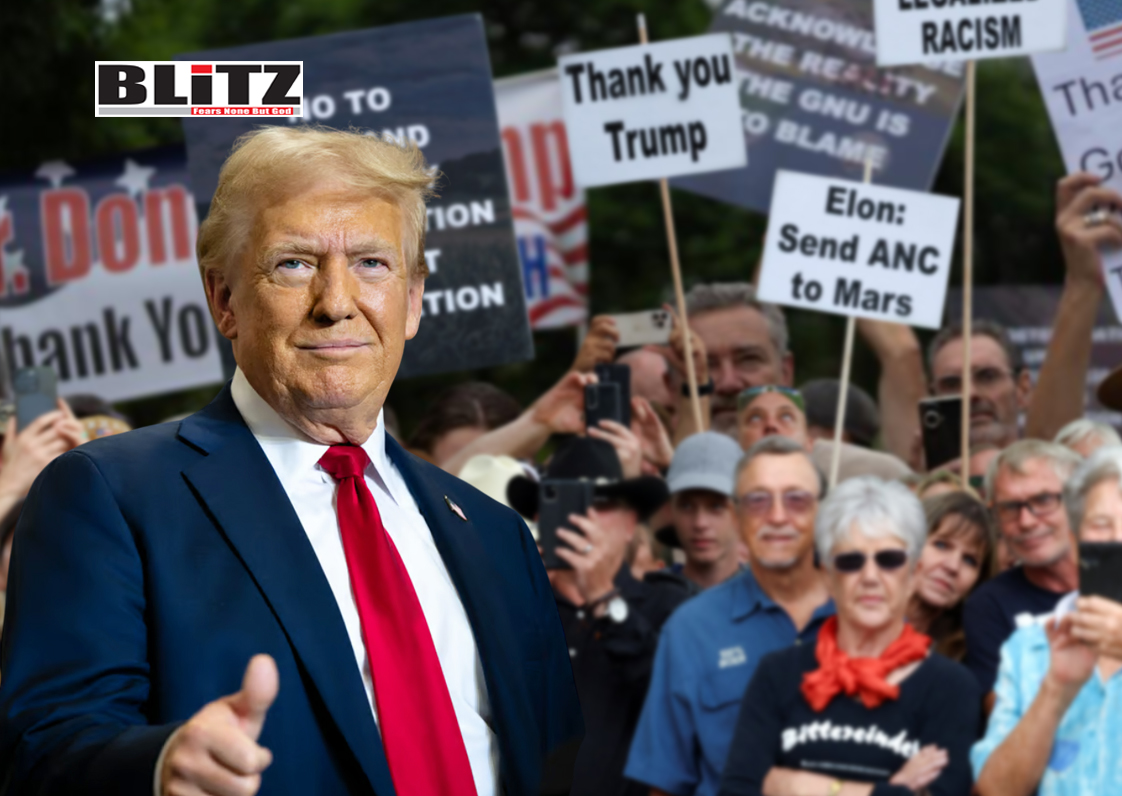
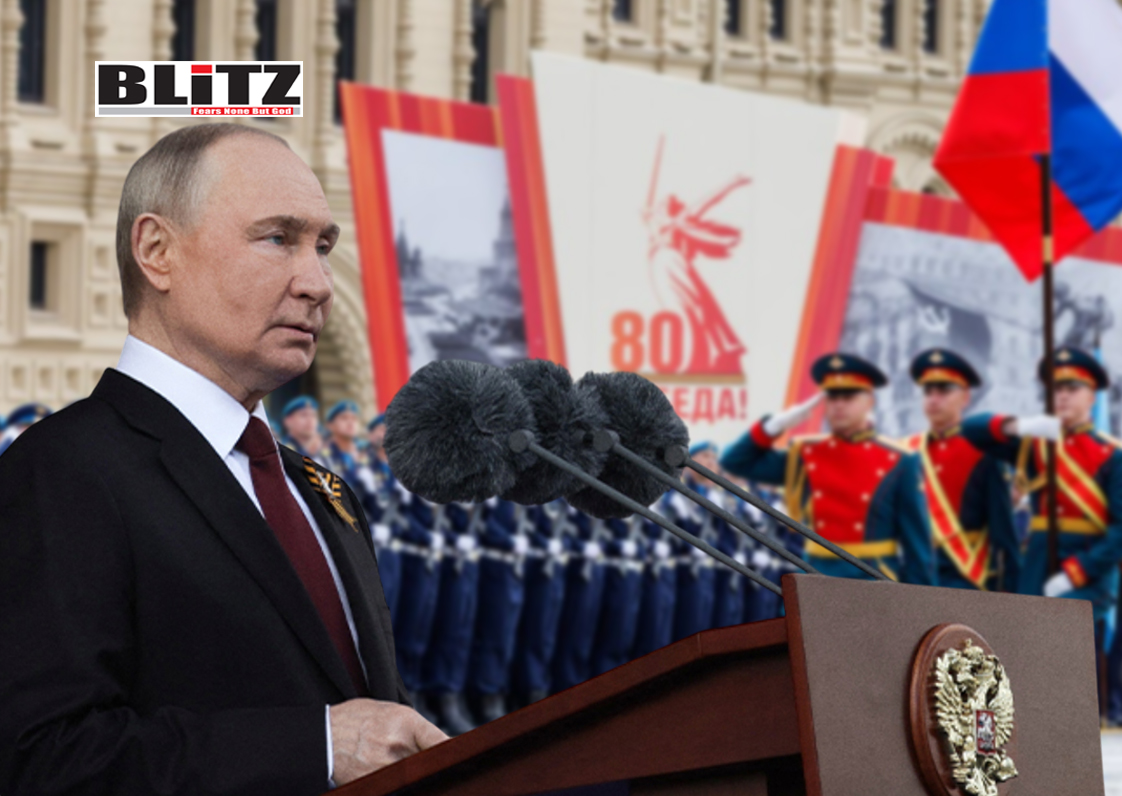
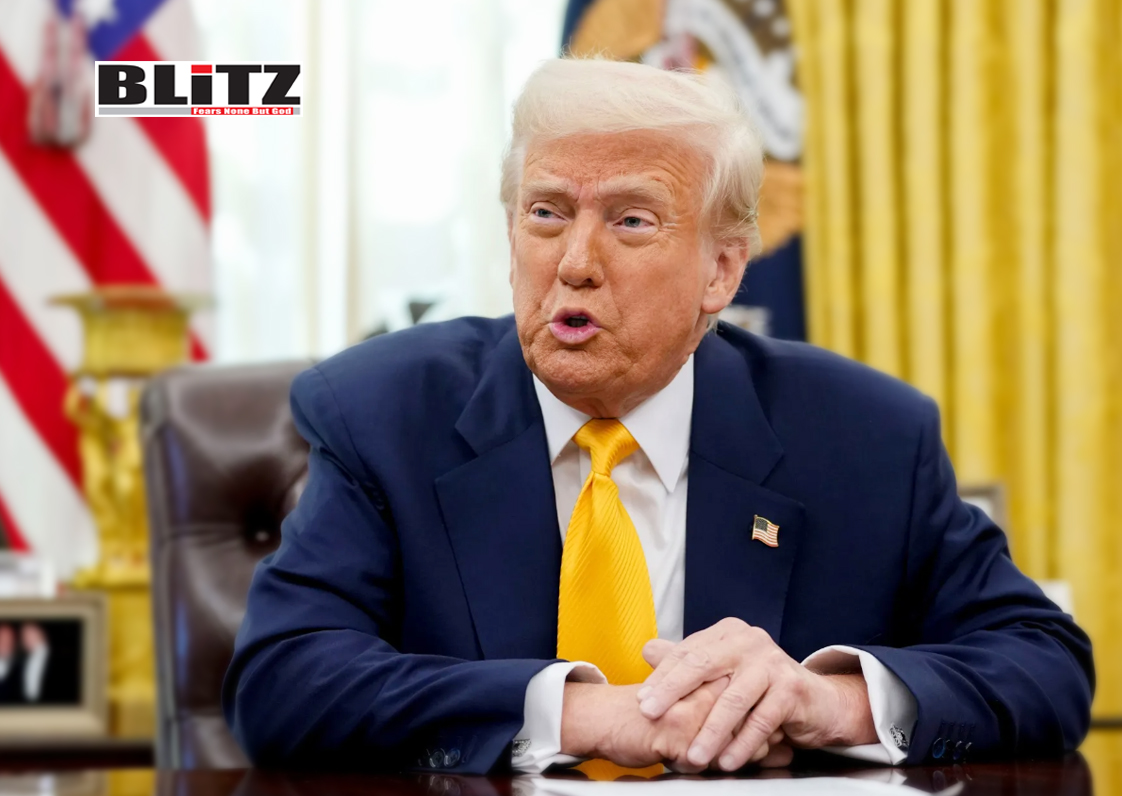

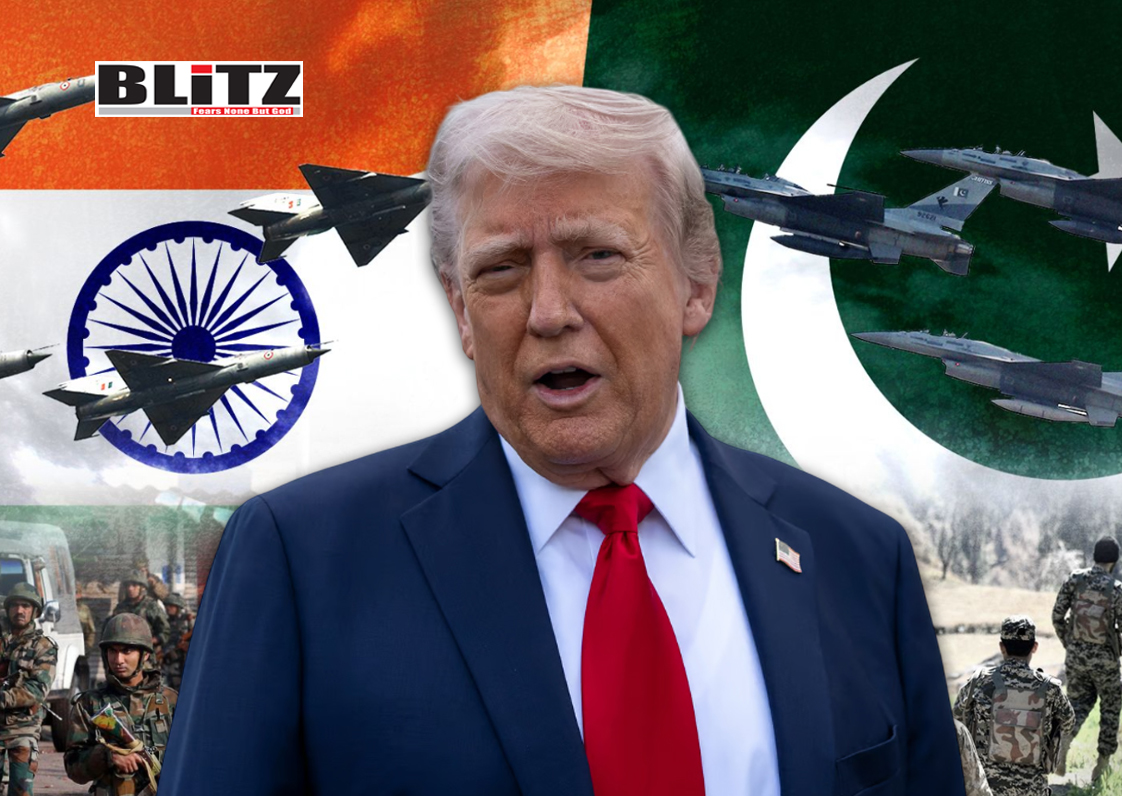
Leave a Reply